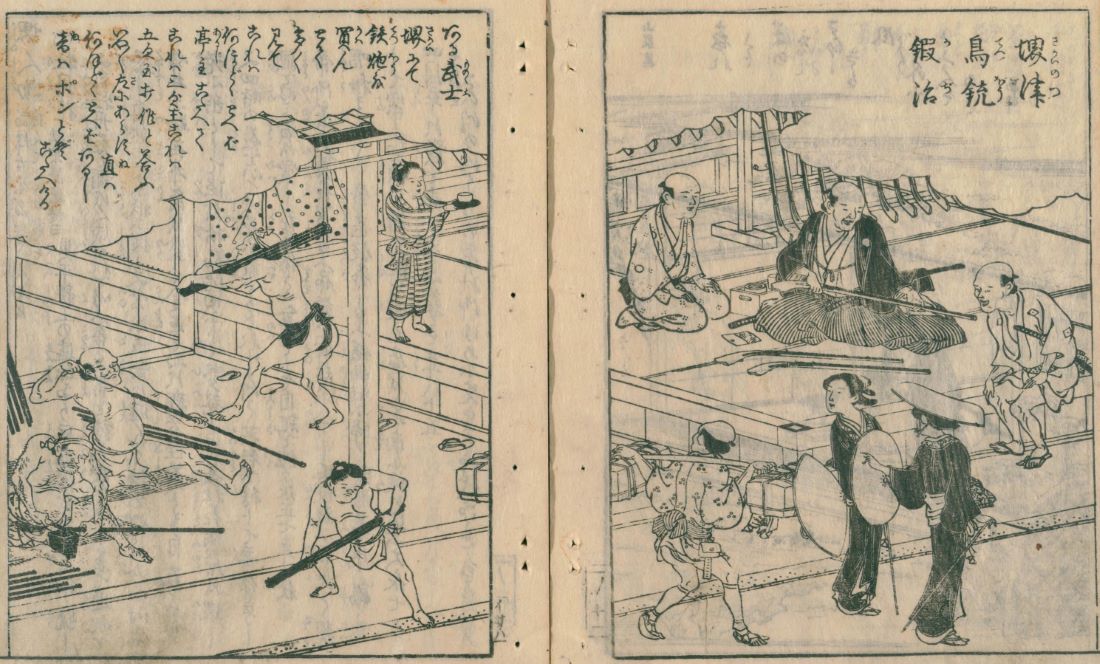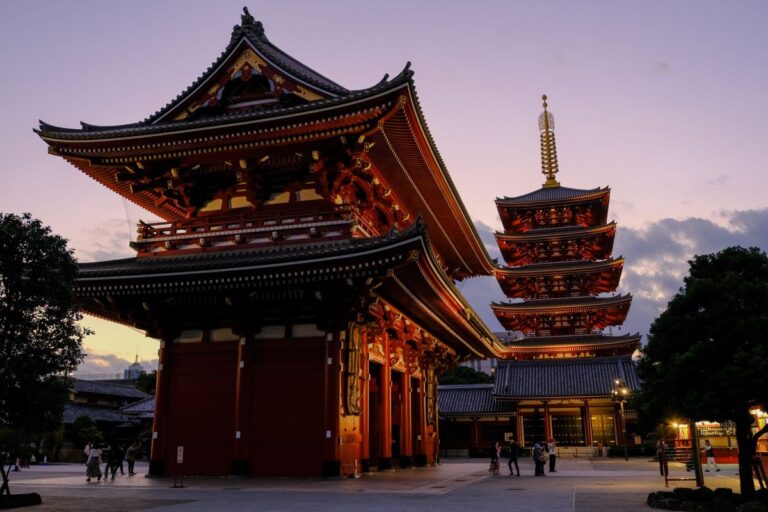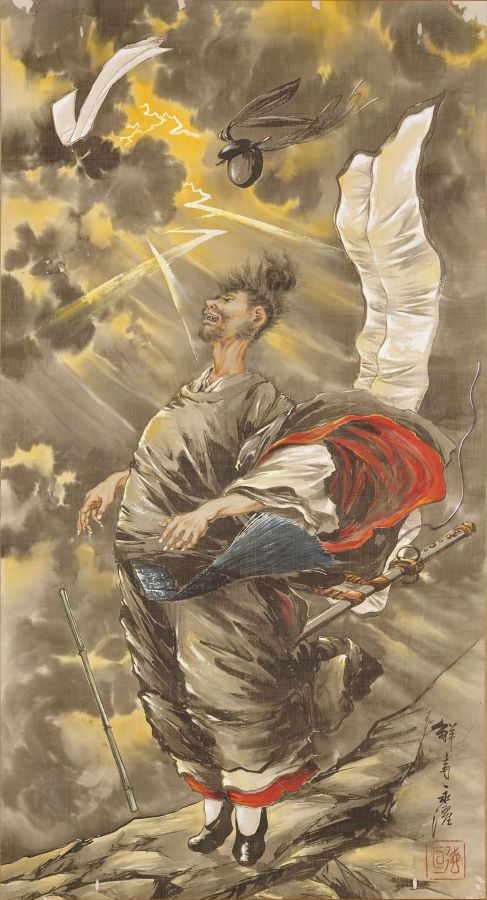The Sengoku period, also known as the Warring States period, was a time of political upheaval and social turmoil in Japan that lasted from the late 15th century to the late 16th century. During this time, rival warlords or daimyo fought for control of Japan, resulting in a century-long period of civil war, in which the feudal lords of Japan fought one another in endless plays for land and power.
The Sengoku period is often considered to be one of the most significant periods in Japanese history, as it marked the end of the medieval era and the beginning of the early modern period. It was a time of great change and transformation, as new political and social structures emerged, and the power of the central government declined. The Sengoku period also saw the rise of the samurai class and the development of new military technologies, tactics, and strategies.
Key Takeaways
- A time of political upheaval that lasted from the late 15th century to the late 16th century.
- Rival warlords or daimyo fought for control of Japan.
- Marked the end of the medieval era and the beginning of the early modern period in Japan.
- The power of the central government declined.
- Saw the rise of the samurai class
- Often considered to be one of the most significant periods in Japanese history.
Historical Context
The Sengoku Period (1467-1568 CE), also known as the Warring States Period, was a time of political and social turmoil in Japan. It was marked by a series of civil wars and power struggles between various feudal lords, known as daimyos, who fought for control over the country. The period was characterized by constant warfare, political instability, and economic disruption.
The Sengoku Period was preceded by the Muromachi Period (1336-1573 CE), which was marked by the rise of the Ashikaga shogunate and the establishment of a centralized government in Kyoto. However, the shogunate’s authority weakened over time, leading to a power vacuum that was filled by the daimyos. The Onin War (1467-1477 CE), which was fought between two powerful factions in Kyoto, marked the beginning of the Sengoku Period and the end of the Muromachi Period.
The Sengoku Period was a time of great change and innovation in Japan. It saw the development of new military tactics and technologies, such as the use of firearms and the construction of elaborate castles. It also saw the rise of powerful warrior clans, such as the Takeda, Uesugi, and Oda, who played a significant role in shaping Japanese history.
Key Events

The Sengoku period was a time of social upheaval and constant military conflict in Japan from the middle of the 15th century to the beginning of the 17th century. This period witnessed several key events that shaped the course of Japanese history. Some of the most significant events are:
- The Onin War (1467-1477 CE): The Onin War was a civil war that destroyed the capital city of Heiankyo and marked the beginning of the Sengoku period. The war was fought between two powerful clans, the Hosokawa and the Yamana, and lasted for ten years. It led to the fragmentation of Japan into many small states and paved the way for the rise of powerful warlords.
- The arrival of Europeans in Japan (1543): In 1543, three Portuguese traders landed on the shores of southern Kyushu and made the first European contact with Japan. This event opened up Japan to the outside world and led to the introduction of firearms and other western technologies.
- The rise of Oda Nobunaga (1568-1582): Oda Nobunaga was a powerful daimyo who seized the capital city of Heiankyo (Kyoto) and became the dominant military leader in central Japan. He introduced many innovative military tactics and strategies and was known for his ruthlessness and cruelty.
- The Battle of Sekigahara (1600): The Battle of Sekigahara was a decisive battle that ended the Sengoku period and marked the beginning of the Edo period. It was fought between the forces of Tokugawa Ieyasu and those of his rivals and resulted in a decisive victory for Tokugawa. He went on to establish the Tokugawa shogunate, which ruled Japan for over 250 years.
These key events had a profound impact on Japanese history and shaped the course of the country for centuries to come.
Society and Culture

The Sengoku period was a time of great change in Japanese society and culture. The constant warfare and political upheaval led to the emergence of new social classes and the breakdown of traditional social structures. Samurai, who had previously been the dominant class, lost their monopoly on power, and peasants and merchants gained greater influence.
During this period, the arts flourished, particularly in the areas of literature, theater, and the visual arts. Many famous works of Japanese literature were written during this time, including The Tale of the Heike and The Tale of Genji. Kabuki theater also emerged during the Sengoku period, and it remains a popular form of theater in Japan to this day. The visual arts also saw a great deal of innovation, with new styles of painting and calligraphy emerging.
Religion also underwent significant changes during the Sengoku period. The rise of new religious movements, such as Nichiren Buddhism and the teachings of the monk Rennyo, challenged the dominance of traditional Buddhist sects. Christianity was also introduced to Japan during this time, although it was eventually suppressed by the authorities.
The Sengoku period was also a time of great technological innovation. Firearms were introduced to Japan by Portuguese traders, and they quickly became an important part of warfare. The development of new siege weapons, such as the arquebus and the cannon, allowed armies to breach castle walls and fortifications that had previously been impregnable. The development of new shipbuilding techniques also allowed for the construction of larger and more seaworthy vessels, which played an important role in the wars of the period.
Economy and Trade
The Sengoku period saw remarkable economic growth despite the political instability. The daimyō worked to enrich their domains, built up their armies and castles, and invested in infrastructure such as roads and bridges. The economy of the period was characterized by a complex system of trade and commerce, with different regions producing different goods.
The most important trade commodity during the Sengoku period was rice. It was used as a currency and was the basis of trade. The landowners capable of producing the most rice had the most power and wealth. Other agricultural products such as wheat, barley, beans, and vegetables were also traded.
The period also saw the emergence of a merchant class, who played an important role in the economy. They traded in luxury goods such as silk, tea, and lacquerware, and also in essential goods such as salt and iron. The merchant class was able to accumulate wealth and power, and some even became daimyō themselves.
Trade with foreign countries during the Sengoku period was limited but not nonexistent. The Portuguese were the first Europeans to arrive in Japan in the mid-16th century, and they brought with them firearms and Christianity. The Jesuit missionaries were active in Japan during this period, and some daimyō converted to Christianity. However, the shogunate eventually banned Christianity and closed off Japan to foreign trade and influence.
Military and Warfare
The Sengoku period was a time of intense military conflict in Japan, with numerous battles fought between rival warlords and their armies. Warfare during this period was characterized by a mix of traditional samurai tactics and newer innovations, such as the use of firearms and large-scale infantry formations.
One of the most important developments in Japanese warfare during the Sengoku period was the emergence of the ashigaru, or foot soldiers. These soldiers were typically recruited from the lower classes and were armed with spears, bows, and firearms. They were trained in large formations and played a crucial role in battles, often serving as the front line of defense against enemy attacks.
Another important development during this period was the increasing use of firearms. While firearms had been introduced to Japan in the 16th century, it was during the Sengoku period that they became more widely used in battle. Samurai warriors began to carry arquebuses, which were slow to reload but could deliver a powerful shot that could pierce armor.
Despite these innovations, traditional samurai tactics remained important during the Sengoku period. Samurai warriors were still trained in the use of swords, bows, and other traditional weapons, and they continued to play a crucial role in battles. However, the emergence of new military technologies and tactics meant that the balance of power was shifting, and new strategies were needed to win battles.
Legacy and Impact

The Sengoku period was a tumultuous time in Japanese history, marked by constant warfare and political upheaval. Despite its chaotic nature, the period had a lasting impact on Japan and its culture. Here are some of the key legacies and impacts of the Sengoku period:
- Strengthening of the samurai class: The Sengoku period saw the rise of the samurai as the dominant military class in Japan. The constant warfare and political instability of the period created a need for skilled warriors, and the samurai rose to the occasion. The samurai class would go on to play a significant role in Japanese society for centuries to come.
- Development of new military tactics: The Sengoku period was a time of innovation in military tactics and technology. New weapons and tactics were developed to meet the demands of the constant warfare, and these innovations would have a lasting impact on Japanese military history.
- Transformation of Japanese politics: The Sengoku period saw the decline of the traditional feudal system and the emergence of a more centralized political structure. The rise of powerful warlords and the unification of Japan under the Tokugawa shogunate marked a significant shift in Japanese politics.
Overall, the Sengoku period was a time of great change and upheaval in Japanese history. Despite its many challenges, the period laid the groundwork for the development of modern Japan and its culture.



